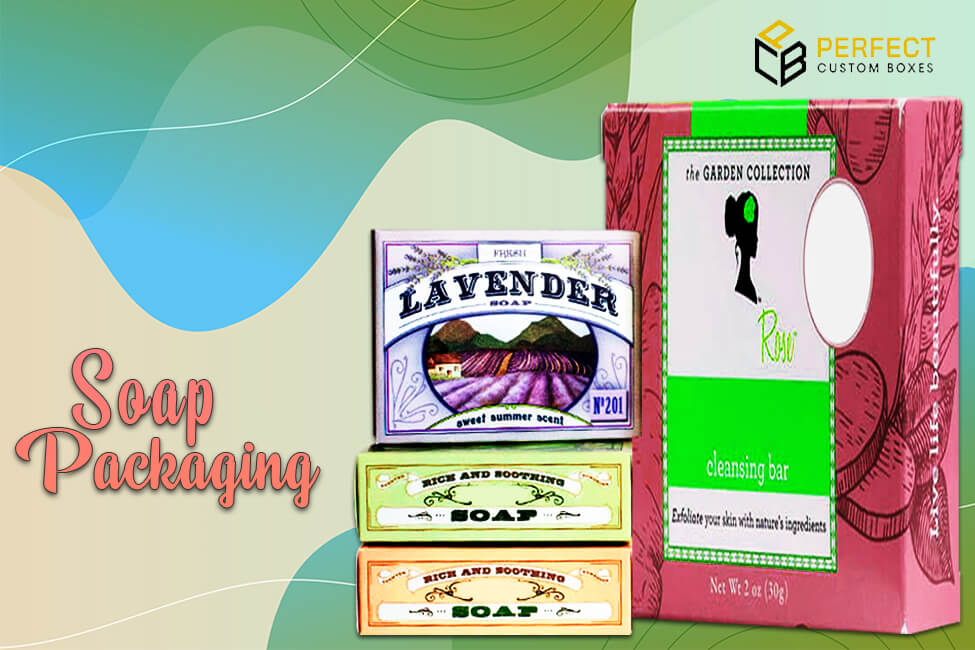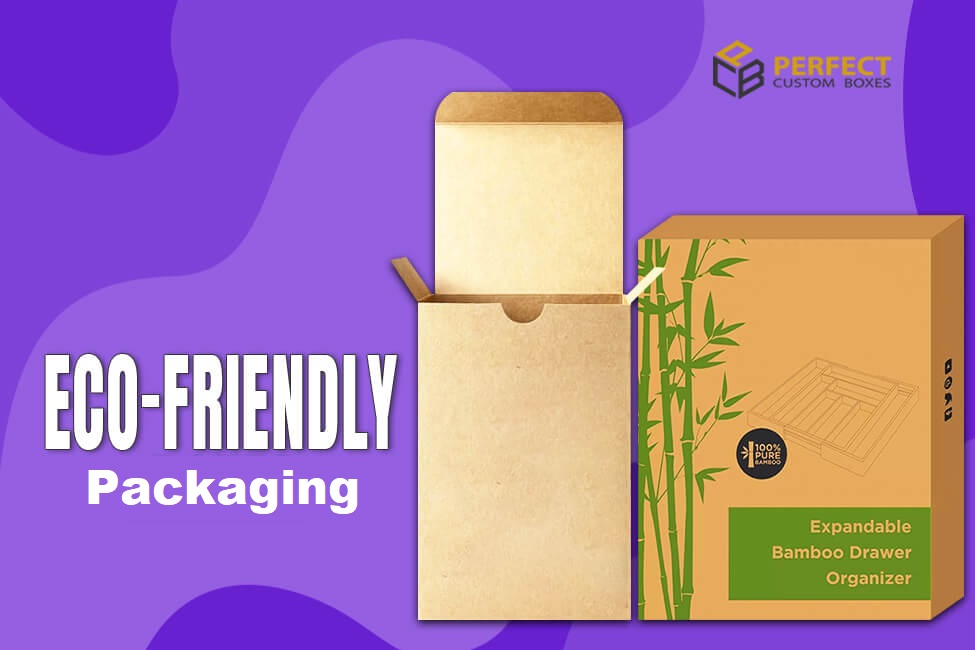
The main goal is to shield the soap from outside factors, including moisture, sunshine, and physical harm while it’s being transported and stored. Soap Packaging is essential to the overall display and safeguarding of the goods. It communicates details about the soap, its brand, and its unique selling propositions to customers and acts as their initial point of contact. Its importance goes beyond appearances; it includes brand identification, sustainability, and functionality. One of its main features is functionality. Thanks to thoughtful packaging design, the soap will arrive at the customer’s location in perfect shape. These materials that satisfy these protective standards are made from various materials, including cardboard, paper, plastic, or a mix.
The brand’s values, the type of soap, and environmental factors are generally considered when selecting a material. Soap Packaging acts as a blank canvas for brand identity, sustainability, and protection. Sustainability has emerged as a critical component in its design in recent years. Soap manufacturers are utilizing recyclable, biodegradable, or post-consumer recycled packaging materials as customers place a more excellent value on environmentally friendly solutions. In addition to appealing to customers who care about the environment, sustainable packaging supports business social responsibility objectives. Companies are looking for creative ways to lessen the packaging’s adverse environmental effects.
Packaging that is asymmetrical, circular, or oval can attract attention from customers and pique their interest. Its typeface, color palettes, and design components communicate the essence and personality of the brand. The packaging conveys the product’s attributes to the customer, whether Soap Packaging is an upscale soap or an artisanal, handmade item. In a crowded market, logos, taglines, and imagery facilitate brand recognition and distinction. Manufacturers spend a lot of effort and money designing packaging that appeals to their target market and captures the spirit of their brand. Its form and shape are also essential to its usefulness and aesthetic appeal. Although square and rectangular shapes are the most common options, manufacturers frequently experiment with unusual shapes to make their products stand out on the shelves.
For a cohesive and effective overall product presentation, their weight and size must match the dimensions and amount of soap. Soap Packaging functions as a silent salesperson in retail, vying for customer’s attention amid abundant merchandise. Soaps displayed at point-of-sale displays require aesthetically pleasing packaging and proficiency in conveying important information. Packaging designers aim to produce visually striking designs that draw attention to the soap’s advantages, features, and marketing messaging. Customers must remain captivated by the packaging in seconds to decide what to buy. Its importance has increased in the era of internet purchasing when there is less opportunity for in-person engagement with the merchandise.

There has been a notable movement in consumer awareness towards environmental sustainability on a global scale. As people’s awareness of how their decisions affect the environment grows, industries are forced to change and adopt environmentally friendly procedures. One such critical sector change is packaging, which is a vital component of both the customer experience and the delivery of products. Eco-Friendly Packaging has become a significant force for a more sustainable future. Because the standard packaging sector uses many non-biodegradable materials, such as plastic, it has long been linked to environmental issues. The increase in single-use plastics has exacerbated pollution, filled landfills, and damaged marine habitats.
These materials, made of organic components that decompose spontaneously over time, significantly lessen the environmental impact of packaging disposal. Biodegradable packaging is one of the most popular substitutes for conventional Eco-Friendly Packaging. Compostable polymers, materials derived from plants, and even packaging made of mushrooms are examples of biodegradable packaging. For example, compostable plastics work similarly to conventional plastics but decompose into natural elements without leaving any toxic residues behind. Recycled materials are becoming increasingly popular in packaging. Recycling helps cut down on energy use and gas emissions related to the production of new products and the need for virgin resources.
Because they are versatile and straightforward, recycled paper and cardboard have become sustainable packaging options. The circular economy concept has further spurred the development of Eco-Friendly Packaging. This strategy strongly emphasizes recycling, repurposing, and waste reduction as ways to extend the useful life of materials. Businesses are looking increasingly into cutting-edge packaging solutions that simplify recycling and reduce environmental impact. For example, modern packaging readily remains deconstructed into different components, facilitating recycling and increasing efficiency. Its activities now place a great deal of emphasis on packaging waste reduction in addition to materials.